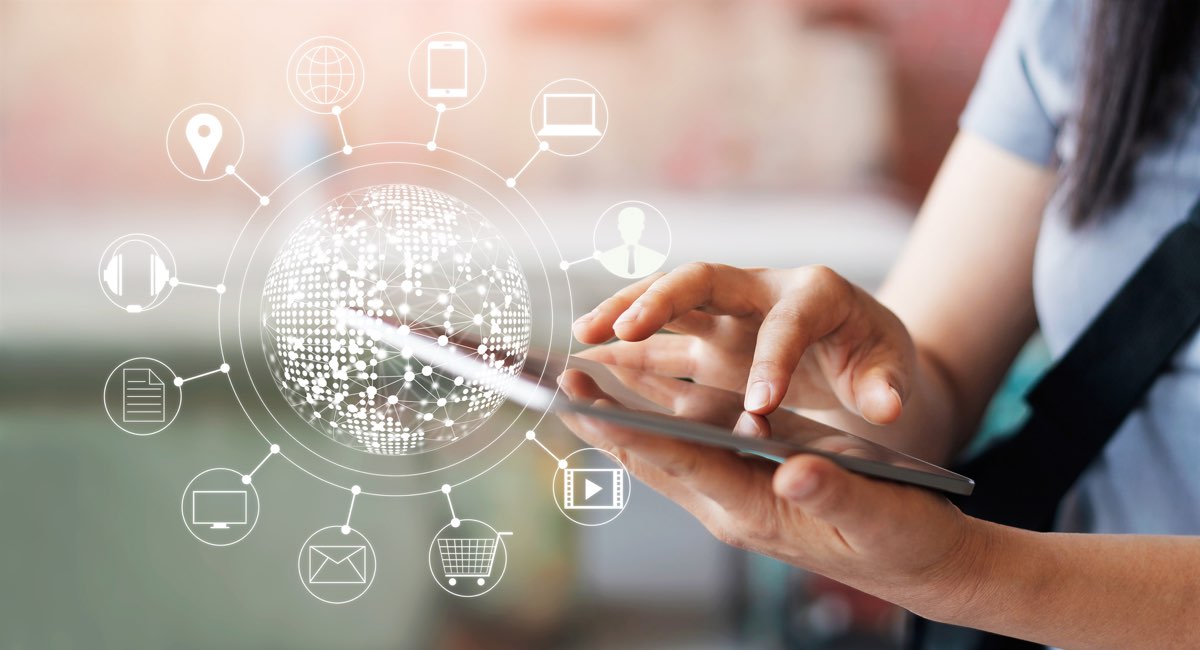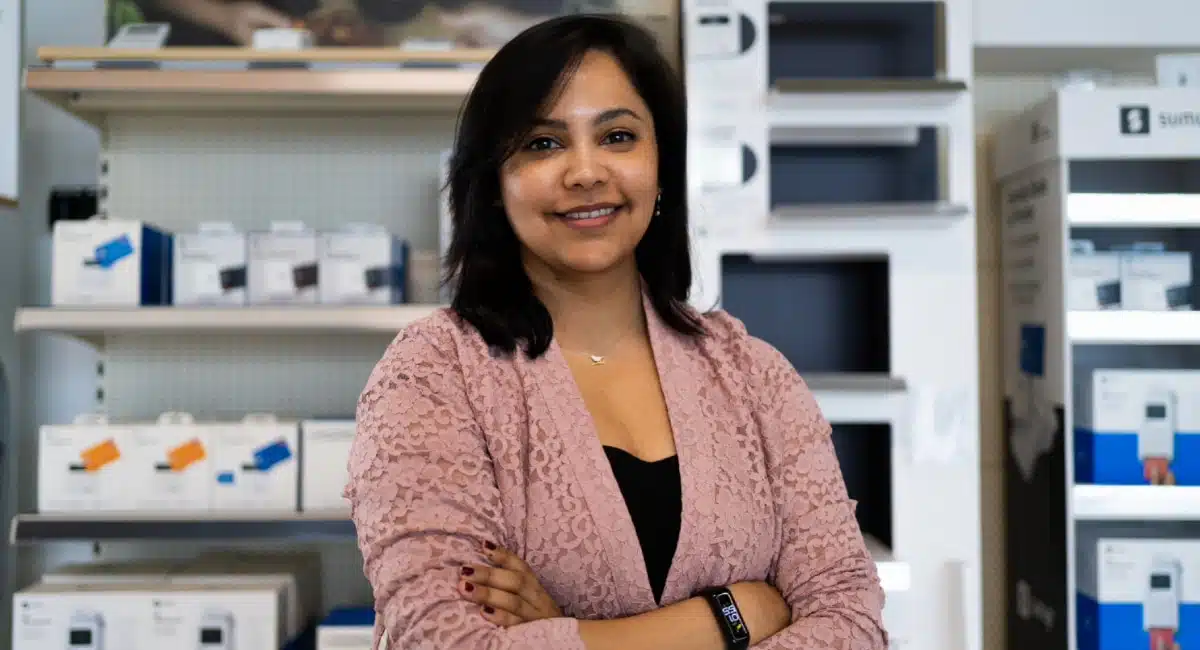The use of the mobile phone as a wallet or payment device is growing rapidly as companies, financial institutions and customers come to grips with the technology and the possibilities that it brings for mobile payments. Here are just some case studies showing real-life examples of SMS payments and uses of the mobile wallet from around the world.
Please note: The examples below were true when the article was published and may have changed or been discontinued since then.
As a payment method
Starbucks, USA
Starbucks uses 2D barcodes on smartphones to allow its customers to buy coffee. The customer needs to have a Starbucks card. If they have one, they can download an app, and when they go into Starbucks, they use their mobile phone to select the drink they want and pay for it. When they’ve chosen their drink, a 2D barcode appears on their smartphone screen which is then scanned by the store assistant. This deducts the price of the coffee from the customer’s Starbucks account.
As a payment method and for commerce
CITYZI city-wide project in Nice, France
This project, started in 2009, was supported by the French government and involved enabling residents of and visitors to Nice to use NFC technology to pay for goods and services at restaurants, supermarkets and other stores, as well as to buy tickets for public transport. Local retailers and restaurants also made use of the commerce side of the mobile wallet to offer coupons and discounts to customers using their phones as a payment method.
Mobile Pay, USA
Users download the Mobile Pay app to their phone and load their debit cards, credit cards and loyalty cards on to this app. When they enter a store which is linked to Mobile Pay, they can select the store from their app, type in the amount they need to pay, click on ‘pay’, and all the store has to do is wait for the authorisation number to come through to their point of sale terminal. The store owner doesn’t need to install any technology to accept Mobile Pay payments. Payment confirmation is displayed simultaneously on the customer’s phone and the merchant’s point of sale terminal.
For person-to-person payments
Barclays Pingit app, UK
Barclays Bank in the United Kingdom announced on the 16th February 2012 the launch of a new, unique to Britain, mobile phone person-to-person payment system.
Pingit links the user’s current account with their mobile phone number. The app is protected by a customer-set five-digit pass code, and money transfers made via Pingit are as safe as any other banking transaction. With Pingit, payments are sent directly to that account but without the sender needing to know anything more than the recipient’s mobile phone number. Customers who are over the age of 18 from any UK bank can register with Pingit to send or receive person-to-person mobile payments. Barclays bank customers aged 16 upwards can also use the service.
ING’s Bump, USA
This is similar to Barclays Pingit, but launched earlier (May 2011) and currently only available in the US. To activate Bump, once users have registered their phones, they select on the app whether they are sending or receiving money, and the amount of money involved, and then simply bump their phones together to transfer funds between them.
As a point of sale device
Square, USA
Square is a free-to-download app for smartphones that turns any smartphone into a credit card reader. This means any small business anywhere can accept card payments without having to pay merchant fees or for any hardware. Users must have a US social security number and a US bank account to register.
Square can accept card payments of any amount – and it transfers the money directly to the merchant’s bank account the following day. It also offers its users business tracking software to monitor sales and a full security suite to prevent hacking and fraud.




